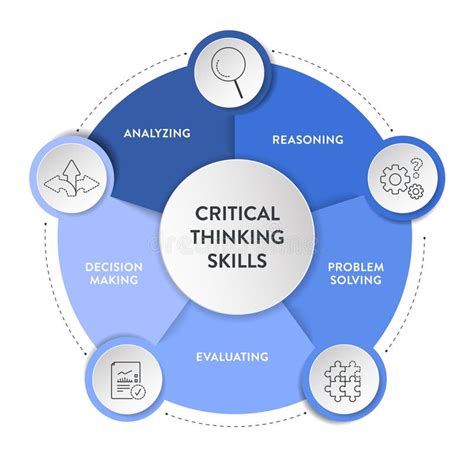Critical thinking is a crucial skill that underpins effective decision-making and problem-solving, making it essential in the realm of education. This article delves into the meaning of critical thinking, emphasizing its role in analyzing and evaluating information to make reasoned decisions. We will explore its historical evolution, core components, and the profound benefits it offers in enhancing educational outcomes. Additionally, we’ll discuss practical strategies for teaching critical thinking, real-world applications, and the challenges educators face. By understanding these elements, educators and students alike can unlock the full potential of critical thinking, paving the way for more thoughtful and informed approaches to learning and problem-solving.
Explore this topic in-depth with weninsure.xyz
1. Definition and Importance: Explore the definition of critical thinking and its significance in education.
Critical thinking is the process of actively and skillfully analyzing, evaluating, and synthesizing information to reach well-reasoned conclusions and decisions. It involves questioning assumptions, discerning biases, and considering multiple perspectives to gain a deeper understanding of complex issues. In education, critical thinking is not just about acquiring knowledge but about developing the ability to use that knowledge effectively in various contexts.
The significance of critical thinking in education lies in its capacity to foster independent thinking and problem-solving skills. Students who engage in critical thinking can evaluate arguments, identify logical fallacies, and apply their reasoning to real-world scenarios. This ability enhances their learning experience by encouraging them to think beyond rote memorization and engage with material on a deeper level.
Moreover, critical thinking equips students with essential skills for the modern world, where information is abundant and often conflicting. By promoting critical thinking, educators help students become more informed and discerning individuals, capable of navigating complex situations and making sound decisions. Ultimately, the integration of critical thinking into education prepares students for lifelong learning and success in their personal and professional lives.
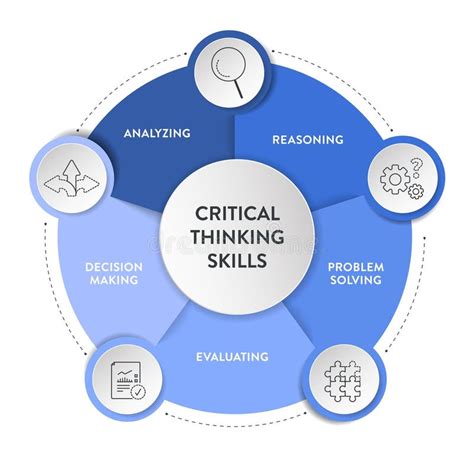
2. Historical Perspectives: Review the evolution of critical thinking concepts over time.
The concept of critical thinking has evolved significantly over time, tracing its roots back to ancient Greece. Socrates, a seminal figure in the development of critical thinking, emphasized the importance of questioning and dialogue through his Socratic method. This approach encouraged individuals to explore and examine their beliefs and the reasoning behind them, laying the groundwork for critical thinking.
In the Middle Ages, the focus shifted to scholasticism, where critical thinking was used to reconcile faith with reason. Philosophers like Thomas Aquinas contributed to this tradition by integrating logical analysis with theological studies.
The Enlightenment brought a renewed emphasis on reason and empirical evidence, with thinkers like John Locke and David Hume advocating for critical evaluation of knowledge and skepticism of accepted truths. This period marked a shift towards scientific inquiry and the systematic application of critical thinking.
In the 20th century, educational theorists such as John Dewey further advanced critical thinking by promoting inquiry-based learning and reflective thinking in education. Today, critical thinking continues to evolve, influenced by advancements in cognitive science and educational research, emphasizin
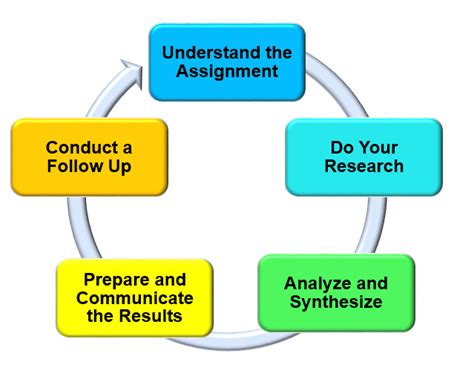
3. Core Components: Identify and explain the fundamental components of critical thinking, such as analysis, evaluation, and reasoning.
Critical thinking encompasses several core components that work together to foster effective decision-making and problem-solving.
Analysis involves breaking down complex information into its constituent parts to understand its structure and underlying principles. This process helps individuals identify key elements, relationships, and patterns within the information, allowing for a clearer understanding of the subject matter.
Evaluation refers to assessing the credibility and relevance of information, arguments, and sources. It involves judging the strength of evidence, identifying biases, and determining the validity of conclusions. This critical assessment helps ensure that decisions are based on reliable and well-supported information.
Reasoning is the ability to draw logical conclusions from the analysis and evaluation of information. It involves constructing coherent arguments, making connections between ideas, and applying deductive or inductive logic to reach well-reasoned conclusions. Effective reasoning helps individuals make informed decisions and solve problems systematically.
Together, these components enable individuals to engage with information thoughtfully, challenge assumptions, and develop reasoned perspectives. Mastering these skills is essential for effective critical thinking and contributes to more nuanced and informed decision-making.
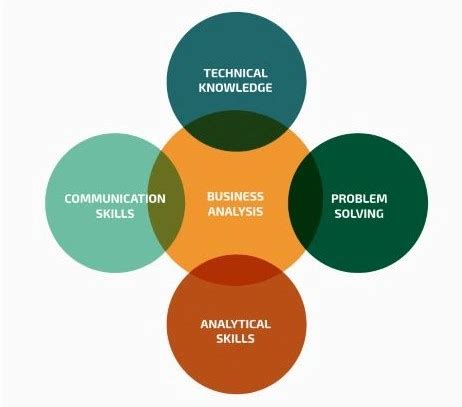
4. Educational Benefits: Discuss the benefits of fostering critical thinking skills in students, including improved problem-solving and decision-making abilities.
Fostering critical thinking skills in students offers numerous educational benefits that significantly enhance their learning experience. One of the primary advantages is improved problem-solving abilities. By developing the capacity to analyze complex information and evaluate different perspectives, students become adept at identifying and addressing problems more effectively.
Critical thinking also strengthens decision-making skills. Students learn to assess evidence, weigh alternatives, and make informed choices, which are crucial for academic success and real-life situations. This skill set not only aids in academic tasks but also prepares students for future professional challenges, where sound judgment and analytical thinking are highly valued.
Moreover, critical thinking promotes intellectual independence. Students become more engaged and proactive learners, capable of questioning assumptions and developing their own viewpoints. This leads to deeper understanding and more meaningful learning, ultimately contributing to their overall academic and personal growth.
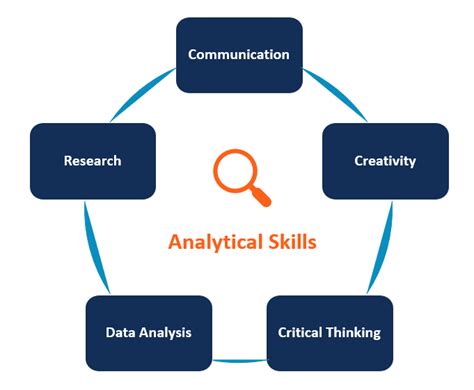
5. Teaching Strategies: Outline effective methods and strategies for teaching critical thinking in the classroom.
Effective methods for teaching critical thinking in the classroom include several key strategies.
Socratic Questioning encourages students to explore complex ideas through open-ended questions, promoting deeper analysis and discussion. This method helps students reflect on their assumptions and develop their reasoning skills.
Problem-Based Learning (PBL) involves presenting students with real-world problems to solve. This approach fosters critical thinking by requiring students to research, analyze, and apply their knowledge to practical situations.
Debates and Discussions provide opportunities for students to argue different perspectives, evaluate evidence, and articulate their reasoning. These activities enhance their ability to think critically and communicate effectively.
Case Studies offer detailed scenarios that require students to analyze and make decisions based on evidence. This method helps students practice applying critical thinking skills to complex and contextualized problems.
Reflection Activities encourage students to evaluate their thought processes and learning strategies, fostering self-awareness and continuous improvement in their critical thinking abilities.
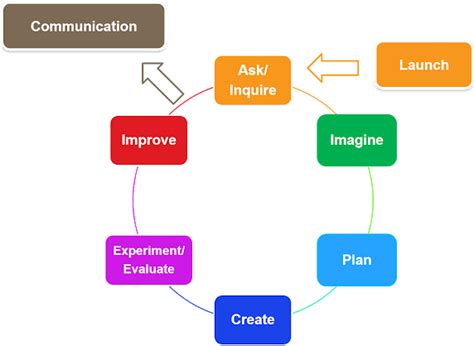
6. Practical Applications: Provide examples of how critical thinking skills can be applied in real-world educational scenarios.
Critical thinking skills can be applied in various real-world educational scenarios to enhance learning and problem-solving.
In project-based assignments, students can use critical thinking to plan, execute, and evaluate their projects. For example, when tasked with creating a community service plan, students must analyze community needs, research potential solutions, and assess the effectiveness of their proposed interventions. This process involves evaluating evidence, reasoning through different options, and making informed decisions.
Case studies in business or science classes provide another opportunity for applying critical thinking. Students might examine a company’s strategic decisions or a scientific experiment, analyzing the outcomes and assessing the implications. This approach helps them practice evaluating complex situations and drawing reasoned conclusions based on evidence.
In debate activities, students can apply critical thinking by researching and presenting arguments on controversial topics. This requires them to evaluate sources, construct logical arguments, and consider counterarguments, thereby developing their analytical and evaluative skills.
Simulations and role-playing exercises also provide practical applications. For instance, in a mock trial, students must analyze legal evidence, evaluate arguments, and make reasoned judgments, closely mirroring real-world problem-solving and decision-making processes.
These practical applications not only reinforce critical thinking skills but also prepare students for real-world challenges by fostering their ability to think analytically and make informed decisions.
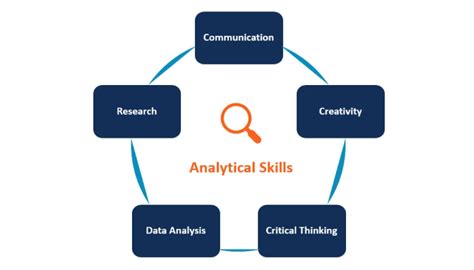
7. Challenges and Barriers: Examine common obstacles educators face when trying to incorporate critical thinking into their teaching practices.
Incorporating critical thinking into teaching practices presents several challenges and barriers for educators.
Time Constraints are a significant obstacle, as educators often face tight schedules and curriculum requirements that prioritize content coverage over developing critical thinking skills. This can limit the time available for implementing activities that promote deeper analysis and evaluation.
Lack of Resources also poses a challenge. Many educators may not have access to adequate materials, training, or professional development opportunities focused on critical thinking strategies. Without proper resources, it becomes difficult to design and execute effective instructional methods.
Resistance to Change can further hinder the integration of critical thinking into the classroom. Traditional teaching methods and standardized testing often emphasize rote memorization over analytical skills. This resistance can come from both educators and students who are accustomed to conventional approaches.
Assessment Difficulties present another barrier. Evaluating critical thinking skills is complex and requires nuanced assessment methods. Standardized tests may not adequately measure these skills, leading to challenges in assessing and demonstrating student progress.
Classroom Management Issues can also impact the implementation of critical thinking exercises. Managing group discussions, debates, and other interactive activities requires careful planning and can be challenging in diverse or large classrooms.
Addressing these challenges involves providing educators with adequate support, resources, and training to effectively integrate critical thinking into their teaching practices.
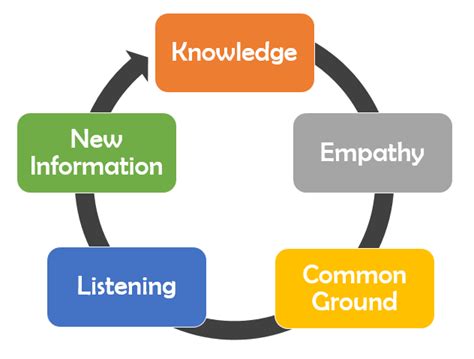
8. Assessment Techniques: Describe various techniques and tools for assessing students’ critical thinking abilities.
Assessing students’ critical thinking abilities involves a variety of techniques and tools designed to evaluate their analytical and evaluative skills.
Rubrics are a widely used tool that provides clear criteria for evaluating critical thinking tasks. Rubrics can assess components such as argument clarity, evidence use, and reasoning. They offer a structured way to measure how well students analyze and synthesize information.
Performance-Based Assessments involve tasks that require students to apply critical thinking in real-world scenarios. Examples include case studies, debates, or problem-solving projects. These assessments gauge students’ ability to analyze complex situations and make informed decisions.
Peer and Self-Assessment encourage students to evaluate their own and each other’s work. This process promotes reflection and self-awareness, allowing students to assess their critical thinking skills and receive feedback from their peers.
Open-Ended Questions and Essay Questions require students to construct and articulate their arguments. These types of questions assess their ability to analyze information, evaluate evidence, and present reasoned conclusions.
Portfolios collect a range of student work over time, allowing for a comprehensive evaluation of their critical thinking development. Portfolios can include reflective essays, project reports, and other evidence of critical thinking skills.
These techniques and tools help educators effectively measure and support students’ growth in critical thinking.
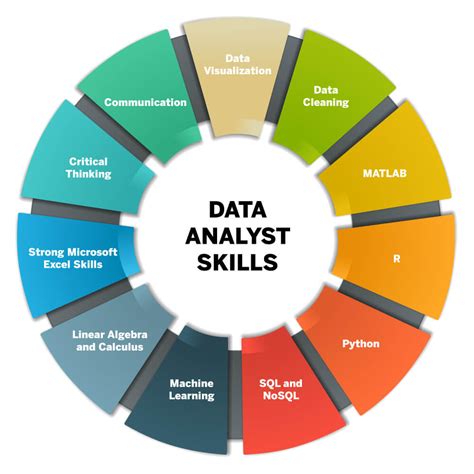
9. Future Trends: Predict future trends in critical thinking education and how emerging technologies might influence its teaching and application.
Future trends in critical thinking education are likely to be shaped by advancements in technology and evolving pedagogical approaches. One prominent trend is the integration of digital tools and platforms into the classroom. Technologies such as interactive simulations, virtual reality (VR), and augmented reality (AR) offer immersive experiences that can enhance critical thinking by providing students with dynamic, real-world scenarios to analyze and solve.
Artificial Intelligence (AI) is another emerging influence. AI-powered educational software can offer personalized learning experiences, adapting to individual students’ needs and providing targeted feedback on their critical thinking skills. AI tools can also facilitate advanced data analysis, helping educators better understand and support students’ development in critical thinking.
Collaborative online platforms are transforming how students engage with content and each other. Tools that support collaborative learning and discussion, such as forums and group projects, encourage students to debate and evaluate ideas collectively, fostering critical thinking skills in a digital environment.
Gamification is also expected to play a role. Educational games designed to challenge students’ reasoning and problem-solving abilities can make critical thinking skills more engaging and accessible.
These trends suggest a future where critical thinking education is increasingly interactive, personalized, and integrated with technology, enhancing both teaching methods and learning experiences.
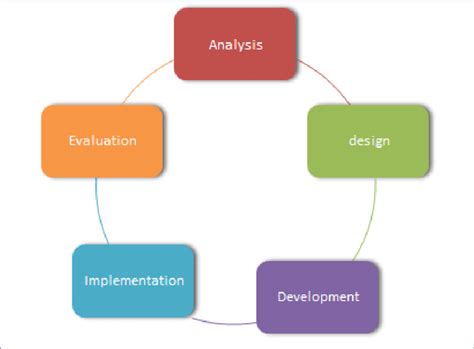
Critical thinking is a vital skill that enriches education by enhancing students’ ability to analyze, evaluate, and reason effectively. As we have explored, its historical evolution, core components, and practical applications underscore its significance. Despite challenges in implementation, employing effective teaching strategies and assessment techniques can foster critical thinking. Looking ahead, emerging technologies promise to further transform how critical thinking is taught and applied, making it an essential component of modern education.
weninsure.xyz

